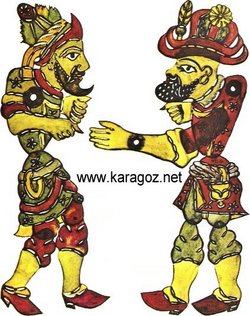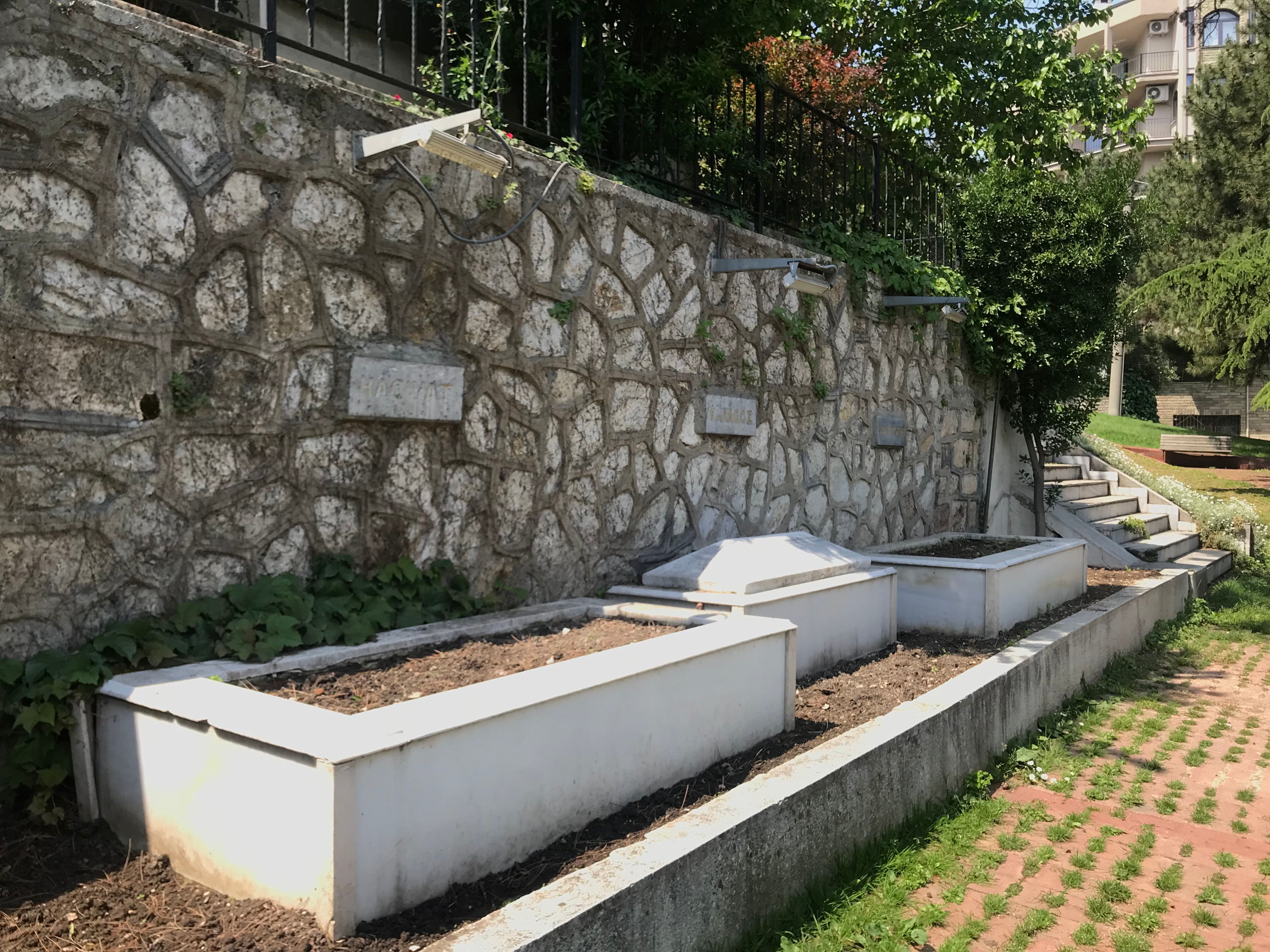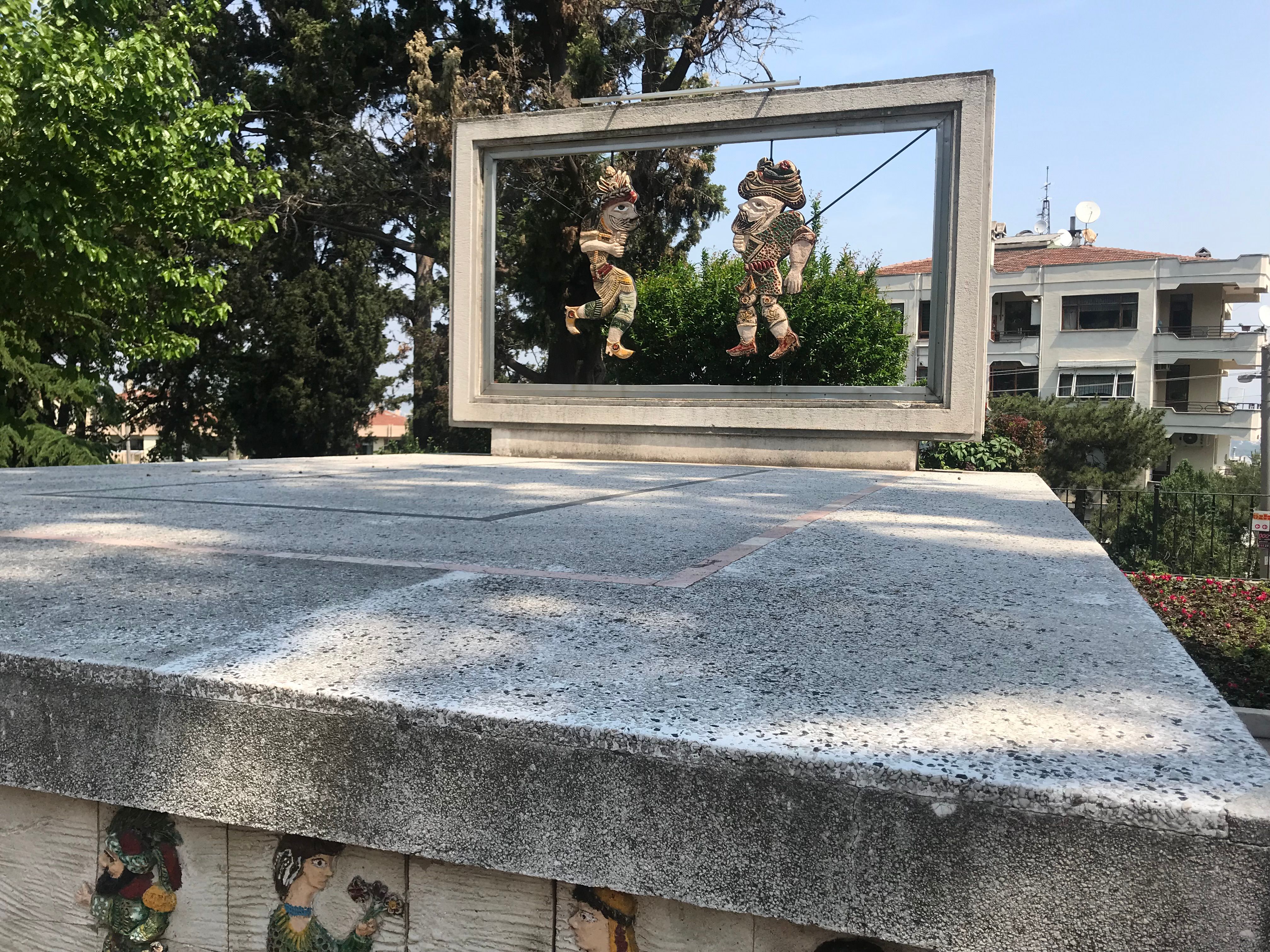These puppets with jointed limbs are 35-40cm sized and they are generally made from the skin of camel or cows. The skins are made semi-transparent and painted with Indian ink or root paints. Then they are embroidered with sharp painted blades and the pieces are tied with ropes.
These puppets with jointed limbs are 35-40cm sized and they are generally made from the skin of camel or cows. The skins are made semi-transparent and painted with Indian ink or root paints. Then they are embroidered with sharp painted blades and the pieces are tied with ropes.
Advertisement
Explore more
Sponsored by Ancestry
Advertisement




